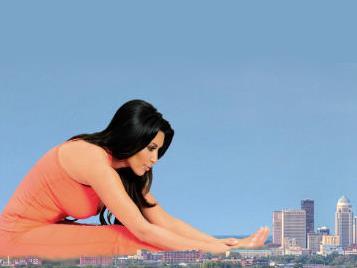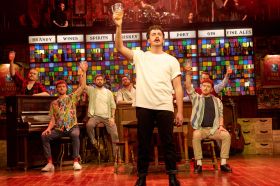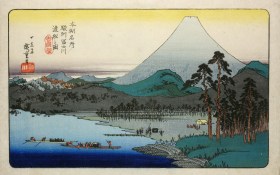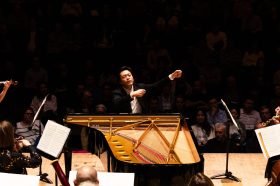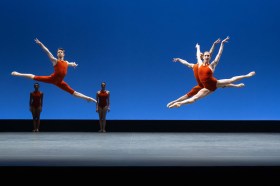Image: Derrick Glynn via Flickr
It is impossible to know exactly what the future holds; however walking through a landscape created from an embellishment of the present might be the next best thing.
Swapping a crystal ball for a combination of fiction, film and performance, speculative architect Liam Young investigates emerging trends and uncovers the signals of a possible tomorrow. His aim: to help today’s populace reconsider the way they think, and to motivate them into participating in piecing together a new picture of the future.
Constructing stories about the visionary present, his method proves increasingly prescient in a world where information. ‘We once understood the world through humanity. What happens when the dominant processes are no longer human?’ Young asks, hypothesizing about the effects not just upon physical spaces, but upon societal structures and individual identity.
At 2970°: The Boiling Point, a cross-sector forum held on the Gold Coast from June 26 to 28, Young walked attendees through his image of what life to come might look based on current events, trends and behaviour. He introduced a place of he calls City Everywhere, where a fictional Kim Kardashian is both a star and a guide through a technologically mediated reality.
Employing Kardashian as a chaperone for the journey through a location marked by towering urban buildings – including detours through biological districts that farm personalized fish from human skin cells, and visits to mines that dig through relics from kitchens and living spaces of the past – speaks to City Everywhere’s mirroring of our online-augmented existence played out to its most extreme. ‘Kim is the future no one wanted, but that’s already here. Kim is a new species, a creation of a network,’ Young explains.
Here, communities are something people log on to, and everyone is closer to their virtual cohort than their real-life neighbours. Life is lived through screens rather than physical experiences, and electronic devices are cared for as pets, a pocket replacement for living, breathing organisms.
In City Everywhere, art and culture can be found in large tin sheds, stored for instant, constant, virtual access rather than displayed in tangible places that celebrate creativity. The history of everything resides within a gated, nondescript building, with the sum of human knowledge, endeavor and experience recorded as digital files and only available via a machine.
If these imaginings sound both futuristic and born of today, blending science fiction with elements of reality, that’s because they’re meant to. Young uses imaginative tools to explore the implications and consequences of emerging technologies, inspired by and amplifying actuality.
Consequently, as he paints a portrait of a place where is age measured in iPhone generations, electronics factory workers are recast as craftsman, and lithium – as used in batteries – is the world’s most sought-after resource, he reflects upon and extrapolates from modern-day obsessions. Given the importance of mobile phones in most people’s lives, and their use as portable access points to an online world where connections are made via social media, documents are uploaded and shared on the cloud, and anything can be learned through a search engine, his projections rarely seem far-fetched.
Indeed, much is familiar in Young’s City Everywhere, built as it is from recognisable and relatable components, as designed to exaggerate and explore contemporary trends. Based on the technique of data dramatization, his presentations aim to ‘take the audience on a storytelling walking tour through the flickering screen and beyond the fog of the cloud, to explore the distant landscapes, factories and infrastructures that our contemporary digital gadgets set in motion,’ Young says.
While the leaps his scenarios make in connecting the dots between present activities and prospective lifestyles are always logical, it is the way they’re presented that is key. With spoken word and a rapid-fire assault of film, animation and live sound mixing, he doesn’t just traverse a fantastical town of near future technologies, as stitched together from fragments of real places, extreme mega cities and speculative design fictions, but forces people to think differently.
As Young explains, employing the age-old model of storytelling helps convey ideas and thinking that most people don’t address in their day-to-day lives. ‘The work I do attempts to engage audiences that normally wouldn’t be interested in the ideas I’m talking about. I work with forms from film, fiction and animation to open up our projects to the wider public. Fiction is an extraordinary shared language,’ he advises.
Spinning an entertaining narrative in a cinematic, atmospheric and immersive way, Young draws audiences in with a potential future while actually mapping out territory as it stands. His work endeavours not only to engross, but to stimulate further ideas and action. As he notes, ‘the future is not something that just washes over us like water; it is something we can all play a part in actively shaping and defining.’
